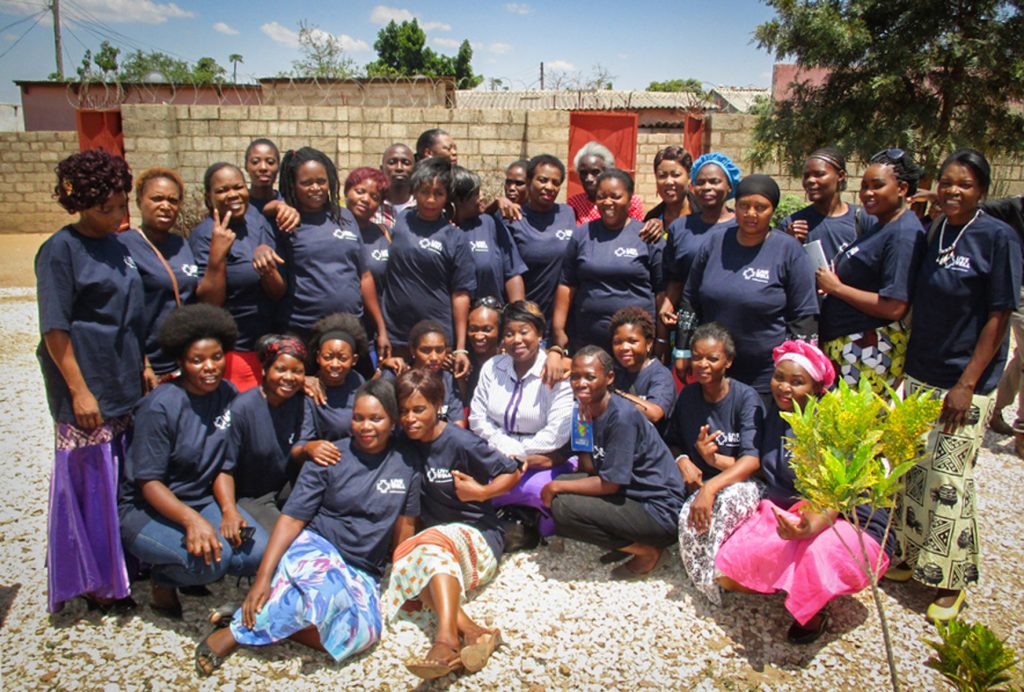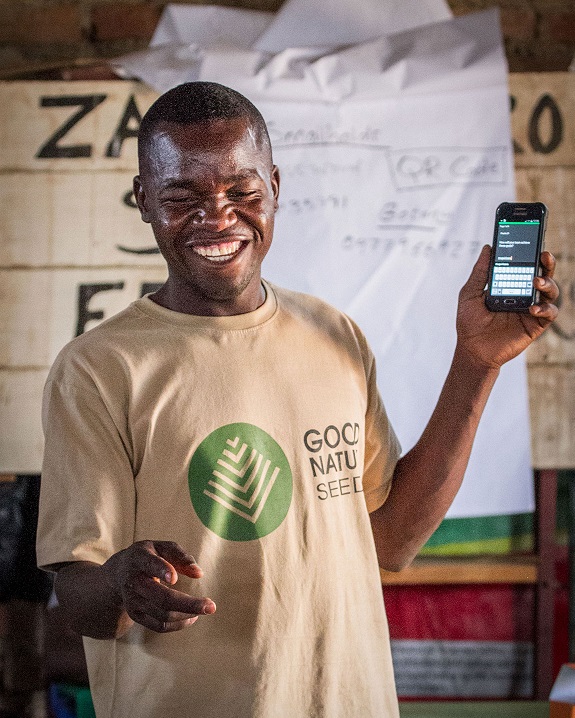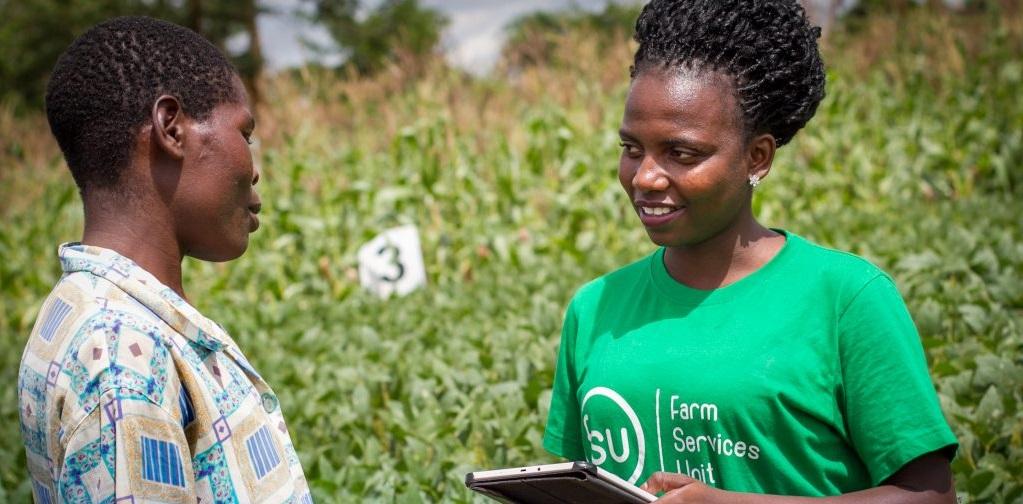Changing the way data is gathered to benefit farmers
Smallholdr is a mobile app and web-based platform for collecting and analyzing data, managing field teams, and tracking produce in smallholder supply chains.
How do companies use your app and what kind of impact data are they gathering?
Most companies have never used a field-based/remote data capture app before. If they have, they found it difficult to implement because it did not really fit their needs. We have built a whole platform for different types of data capture and data analysis out in the field. It allows us to quickly customize the top layer, the database, the language, and the paradigms. That is how we have been able to do many different types of projects involving different business models and different crop types.
We work with companies and organisations in eight countries in Africa: organic honey producers in Tanzania, seed multipliers in Zambia, forestry in Sierra Leone, mechanization services to increase yields in Ghana, agri-retailers in Malawi... The kind of impact data they are gathering really varies.
In Uganda, for example, we cooperate with an organisation that encourages farmers to keep their trees longer and stop deforestation. They also support them in intercropping or other activities outside the harvest season. We are able to gather the data on that, so that they can claim carbon credits. The carbon credits can then be converted into money to benefit those farmer organizations.
Of our many clients in Zambia, one is selling seeds to farmers, but their main goal is promoting health. They have recruited thousands of local people to be independent resellers or distributors of health products. With our system, they are getting last mile data on the buyers and the impact that products have on their families and communities. This allows them to fulfil their reporting requirements.

That is interesting. Is that last mile distributor also using the data to adapt or improve their products?
Yes, they are. They are also starting to get a better picture of what products are most needed and most wanted. But the biggest win for them is being able to build a profile of the beneficiary over time. They are able to see trends and changes and have really solid impact metrics.
Can you also explain how data to track produce can be used to help make supply chains more reliable?
The main problem that a lot of our clients are struggling with is cost – cost of inputs, cost of seeds, and the cost of fertilizer. One of our clients in Ghana, for example, sells a set package to farmers that includes inputs, support in preparing the land, and so on. This year, the price of fertilizer and seeds has doubled or tripled. Now they are not sure how the farmers are going to be able to repay. They do not want to burden them too much debt. With our system, they can have a profile of farmers over time: They know how much land they have and how good they are at farming. This makes them more informed about how much to lend and how much support to give. So, with more information, we are able to make better decisions. And that should help make the supply chain more reliable.
Another quick example is the weather. Some of the farmers are still not sure when to plant: “It looks like it is going to rain this week. Is this the first rain or the main rains? When do I plant?” Having better information on the weather and a method to disseminate it to the farmers is helping to make the supply chains more reliable.
So, the system can also be used to transmit data to the farmers?
Yes. It is basically SMS messaging. Some of our clients have lead farmers, who are also given the app. Then, they receive notifications on the app that they can share with the farmers in their local community.

We last featured your company in 2017. What has changed since then?
In 2017 we had just launched our solution in Malawi. Now we are in 8 countries. We’ve added more countries and sectors during covid. We weren’t doing any work in forestry before. The carbon credits are something new as well.
Since Covid, we have had to change a lot in terms of how we deliver our product. We have always had a global team. But personally, as the user experience lead, I used to visit most of the clients that we were working with. Since 2020, we have delivered every single project one hundred percent remotely, including the examples I just gave you. We had to learn new ways of gathering data and getting feedback from the users. It is actually really challenging. Stuff that could be done in one or two days when you had everybody in one room now takes much longer because people struggle to sit on a Zoom call for more than two hours.
What trends do you foresee for agri-data management systems in the future?
When we first started, our dream was to put the app in the hands of every farmer. However, we very quickly realized that there were a whole lot of limitations. So, the app was built for data-gatherers and field workers. But now, as more and more farmers are getting smartphones, I think we are getting closer to that again.
As such we are looking at a way in which farmers can stay more in control of their own data – and share in the benefit of that. We are developing our thoughts and trialing these at present – and when we have something more proven we will be very happy to share with CLUED-iN again.
